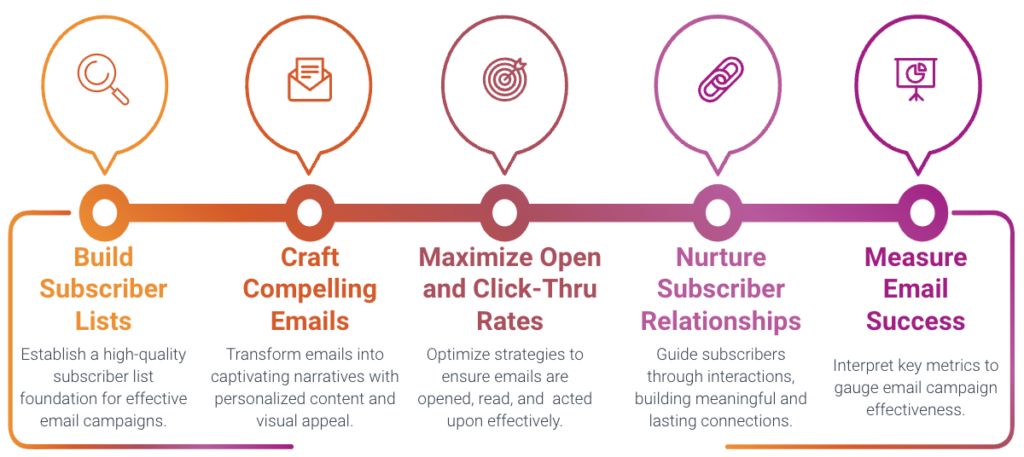Introduction:
In today’s digital-first world, businesses and individuals are constantly seeking ways to establish an online presence. Website templates have become a popular solution, offering a cost-effective and time-saving alternative to custom web development. For web designers and developers, creating and selling website templates is not only a creative outlet but also a lucrative way to generate passive income. In this article, we’ll explore how you can turn your design skills into a steady income stream by selling website templates, covering everything from creation to marketing and sales.
Why Selling Website Templates is a Smart Move
Website templates are pre-designed layouts that users can customize to create their own websites. They are in high demand because they save time and money while still offering professional-quality designs. For creators, selling templates is a scalable business model—once you create a template, you can sell it repeatedly without additional effort.
Key Benefits
Passive Income: Earn money long after the initial work is done.
Scalability: Reach a global audience through online marketplaces.
Creative Freedom: Showcase your design skills and build a portfolio.
Step 1: Identify Your Niche
Why Niche Matters
Focusing on a specific niche allows you to cater to a targeted audience, making your templates more appealing and easier to market. For example, you could specialize in templates for e-commerce, portfolio websites, or bloggers.
Example: A template designed specifically for yoga studios might include features like class schedules, booking systems, and calming color schemes.
Research Market Demand
Use tools like Google Trends or explore marketplaces like ThemeForest and Creative Market to identify popular niches and gaps in the market.
Tip: Look for industries with growing demand, such as online education or health and wellness.
Step 2: Design High-Quality Templates
Focus on User Experience
Your templates should be visually appealing, responsive, and easy to customize. Pay attention to UI/UX design principles to ensure a seamless experience for end-users.
Example: Use a clean layout, intuitive navigation, and mobile-friendly design.
Incorporate Popular Features
Include features that are in demand, such as:
SEO optimization: Help users rank higher on search engines.
E-commerce integration: Support platforms like WooCommerce or Shopify.
Customizability: Allow users to easily change colors, fonts, and images.
Tip: Use frameworks like Bootstrap or Tailwind CSS to streamline development.
Step 3: Choose the Right Platforms to Sell
Online Marketplaces
Platforms like ThemeForest, Creative Market, and TemplateMonster are popular choices for selling templates. They provide built-in audiences and handle transactions, but they also take a commission.
Example: ThemeForest charges a 55% commission for exclusive authors but offers exposure to millions of buyers.
Your Own Website
Selling templates on your own website gives you full control over pricing and branding. Use platforms like Gumroad or Shopify to set up an online store.
Tip: Offer free templates to attract visitors and build an email list for marketing.
Hybrid Approach
Combine both strategies by selling on marketplaces to gain visibility while driving traffic to your personal website for exclusive templates.
Step 4: Price Your Templates Competitively
Research Competitors
Look at similar templates on marketplaces to determine a competitive price range. Consider factors like design quality, features, and support.
Example: Basic templates might sell for 20–20–50, while premium templates with advanced features can go for $100 or more.
Offer Tiered Pricing
Provide different pricing tiers based on the level of customization and support. For instance:
Basic: Template files only.
Standard: Template files + documentation.
Premium: Template files, documentation, and 6 months of support.
Step 5: Market Your Templates Effectively
Leverage Social Media
Promote your templates on platforms like Instagram, Twitter, and LinkedIn. Share sneak peeks, tutorials, and customer testimonials to build interest.
Example: Create a short video showcasing the features of your template and post it on Instagram Reels.
Build an Email List
Offer a free template or discount in exchange for email sign-ups. Use your list to announce new templates, share tips, and run promotions.

Tip: Use tools like Mailchimp or ConvertKit to manage your email campaigns.
Collaborate with Influencers
Partner with bloggers, YouTubers, or social media influencers in your niche to promote your templates.
Example: A web design influencer could review your template in a YouTube video, driving traffic to your store.
Real-World Examples: Success Stories
The Niche Expert
Sarah, a web designer, created a series of templates specifically for photographers. By focusing on this niche, she built a loyal customer base and now earns over $5,000/month from template sales.
The Marketplace Star
John started selling templates on ThemeForest as a side hustle. His portfolio of responsive WordPress themes became so popular that he now earns six figures annually.
Common Mistakes to Avoid
Ignoring Mobile Optimization
With most users accessing websites on mobile devices, templates must be fully responsive. Test your designs on multiple screen sizes before launching.
Overcomplicating Designs
While it’s tempting to include every feature, overly complex templates can overwhelm users. Focus on simplicity and ease of use.
Neglecting Support
Providing excellent customer support can set you apart from competitors. Respond promptly to user inquiries and offer detailed documentation.
Conclusion: Are You Ready to Start Selling?
Selling website templates is a rewarding way to turn your design skills into a passive income stream. By identifying a niche, creating high-quality designs, and marketing effectively, you can build a sustainable business that generates revenue long after the initial effort. Whether you’re a seasoned designer or just starting out, the opportunities in this space are vast and growing.
So, here’s a question to ponder: In a world where everyone needs a website, how will you use your creativity and technical expertise to create templates that stand out and solve real problems for your customers? The answer could be the start of your next big venture.